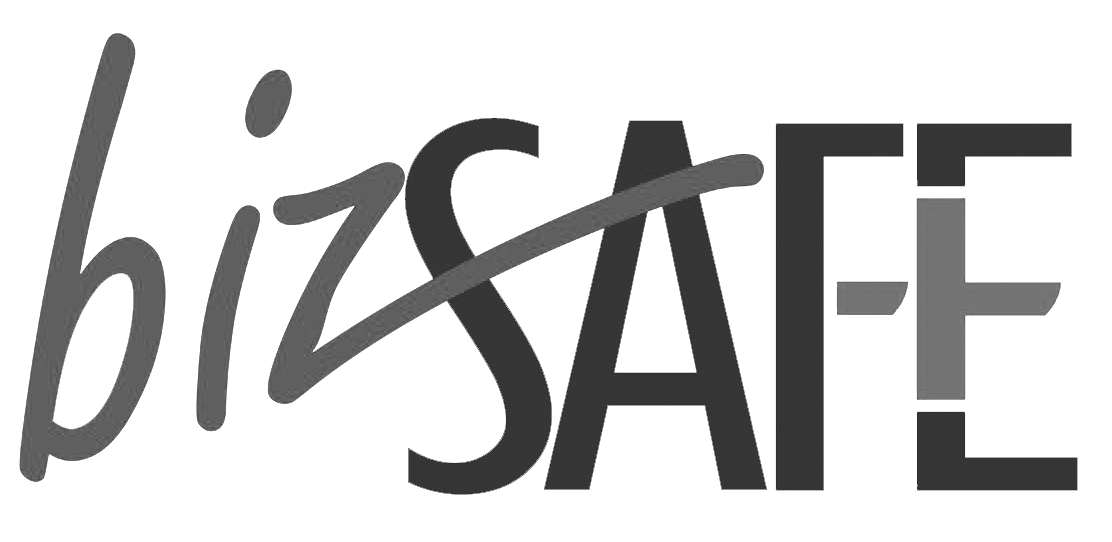Incident Investigation Facilitation Service
Incident Investigation Facilitation Service
ISRC provides independent incident investigation facilitation service to determine the root cause of any accident/incident/near miss. The investigation process will be impartial and thus able to provide effective solution and corrective action without any prejudice or bias. Our investigating consultants have in-depth experience in incident investigation and working with the authorities. Through this service, we will work with our clients to improve and provide objective incident investigation process and report.
5 Stages of Investigation Process
1. Incident Team Selection and Mobilization
2. Evidence and Data Collection
3. Incident Plot Diagram
4. Root Cause Analysis
5. Recommendation
2. Evidence and Data Collection
3. Incident Plot Diagram
4. Root Cause Analysis
5. Recommendation
We Provide the Following Services:
Provide Investigator to lead the company investigation team
To appoint an ISRC investigator in leading the incident investigation process. The investigator will bring to the team the technical knowledge on the type of incident and the skills / technique needed of an incident investigation. He/She will work with the team to gather evidence, interview personnel, conduct onsite checks to derive the root and various contributing causes of an incident. These information will be compiled in the report and presentation can be made to the Top Management. The ultimate outcome of the entire process is to be able to provide suitable follow up actions which provides a lesson learn for the company and prevent a reoccurrence of similar incidents.
Provide Investigator Team to conduct standalone independent investigation
ISRC is also able to provide an entire investigation team to conduct standalone investigation into the incident. This will provide a high level of objectivity and impartiality especially during occurrence of incident that is controversial in nature or may lead to authority proceeding.
2-days Incident Investigation Course
The 2 days Incident Investigation course is designed for appointed company incident investigator team. The course covers the selection of team members, technical skill on witness interview, compile and analysis of incident data, root cause analysis and report writing. The course can be customised to include the incident investigation tool that has been adopted by the company.
Frequently Asked Questions About Incident Investigation
A good investigation process will look into a series of events that have taken place and compare against what should have taken place. The main objective of an incident investigation is to prevent a reoccurrence of the incident. It needs to look beyond the immediate causes of the incident. A common failure of an investigation is to conclude that the carelessness or failure to comply the safety procedure alone was the cause of the incident. When incidents are properly investigated, we will be able to find out the root cause of the incident and make systemic changes. The process should focus on fact finding instead of fault finding.
Six reasons for an incident investigation and reporting
- To find out the sequence of events leading to the incident and fault lines that have led to the occurrence of the incident
- To identify potential deficiencies or problem areas that need to be rectified in order to eliminate the hazards
- To update the company’s Standard Operating Procedures (SOP) to ensure knowledge retention of the incident
- Addressing all these will prevent the incident from reoccurring or developing into a major accident
- Provide answers to the injured person’s families, colleagues and regulators
- Huge cost savings can be achieved when incident investigations and reporting are accurate and done promptly
- Build up a safety culture that focuses on incident report without fear, identifying the root cause and organization’s commitment to a safe and healthy workplace
The incident investigation should be conducted by a group of people who are:
1. Familiar in the work processes and procedures
2. Knowledgeable of any legal or organization requirements
3. Trained in the incident causation models
4. Experience in the investigation techniques to gather documents/records, good interview techniques and able to study and analyze the data gathered
5. Determine the findings and provide recommendations
In some cases, the investigation team will comprise of both the Management and workforce members well represented. The Managers and employees working together with bring vast knowledge and perspectives to the incident.
Members of the team can include:
1. Employees (within or from other department)
2. Supervisors
3. Management Team
4. Safety Personnel
5. Health and Safety Committee
6. Union representatives
7. Subject matter experts
8. Representative from sub-contractors and/or suppliers
9. Local authorities (where applicable)
1. Familiar in the work processes and procedures
2. Knowledgeable of any legal or organization requirements
3. Trained in the incident causation models
4. Experience in the investigation techniques to gather documents/records, good interview techniques and able to study and analyze the data gathered
5. Determine the findings and provide recommendations
1. Employees (within or from other department)
2. Supervisors
3. Management Team
4. Safety Personnel
5. Health and Safety Committee
6. Union representatives
7. Subject matter experts
8. Representative from sub-contractors and/or suppliers
9. Local authorities (where applicable)
The start of the incident investigation should occur as soon as possible after the incident has occurred. This will enavle to the team to observe the incident scene condition with little or none disturbances to the evidence. This will also prevent the witness statement from being influenced or “calibrated”.
- Provide the necessary medical care to the injured person. Report the incident occurrence to the designated person and make sure the incident location is made safe and secured
- Select and appoint the incident investigation team lead and members
- Commence evidence and data collection
- Provide witness support and conduct independent interviews (limit interaction with other witnesses)
- Analyze the data and identify the root cause
- Prepare the report to conclude the incident with recommendation for corrective actions
- Follow through the plan and evaluate the effectiveness of the corrective action.
- Make adjustments to the correction action where necessary
A root cause analysis derives from a wide range of approaches, tools and techniques that has been used to uncover the causes of an incident. There are many root cause analysis tools available in the market as some are geared towards identifying true root causes than others while some are generally more problem solving. Some of the Root Cause Analysis Tools are as follows:
1. Whys Analysis (Who, What, Where, When, Why)
2. Failure Modes and Effects Analysis (FMEA)
3. Six Sigma DMAIC Methodology
4. Cause Mapping
2. Failure Modes and Effects Analysis (FMEA)
3. Six Sigma DMAIC Methodology
4. Cause Mapping
Organizations often engage independent incident investigators to carry out internal investigation on their behalf as they may be reluctant to engage with own employees as some may find it tough to maintain a level of impartiality and transparency. Experienced investigators will be well versed in fair procedures and will be able to conduct the investigation without fear or favour. Below are five main reasons to engage an independent investigator:
1. Lack of sufficient internal resources
2. Avoid accusations of any lack of transparency or perceived conflict of interest
3. Complete the investigation within the appropriate time frames
4. Bring fresh perspective to the situation and provide change management support
5. Requested by the authority of client
2. Avoid accusations of any lack of transparency or perceived conflict of interest
3. Complete the investigation within the appropriate time frames
4. Bring fresh perspective to the situation and provide change management support
5. Requested by the authority of client





